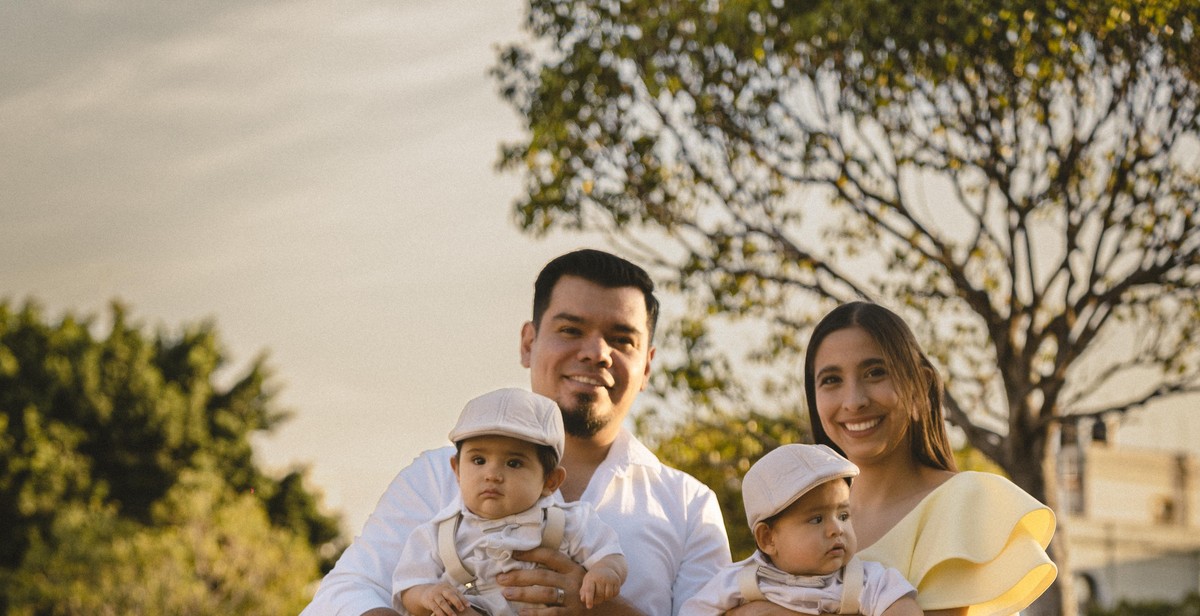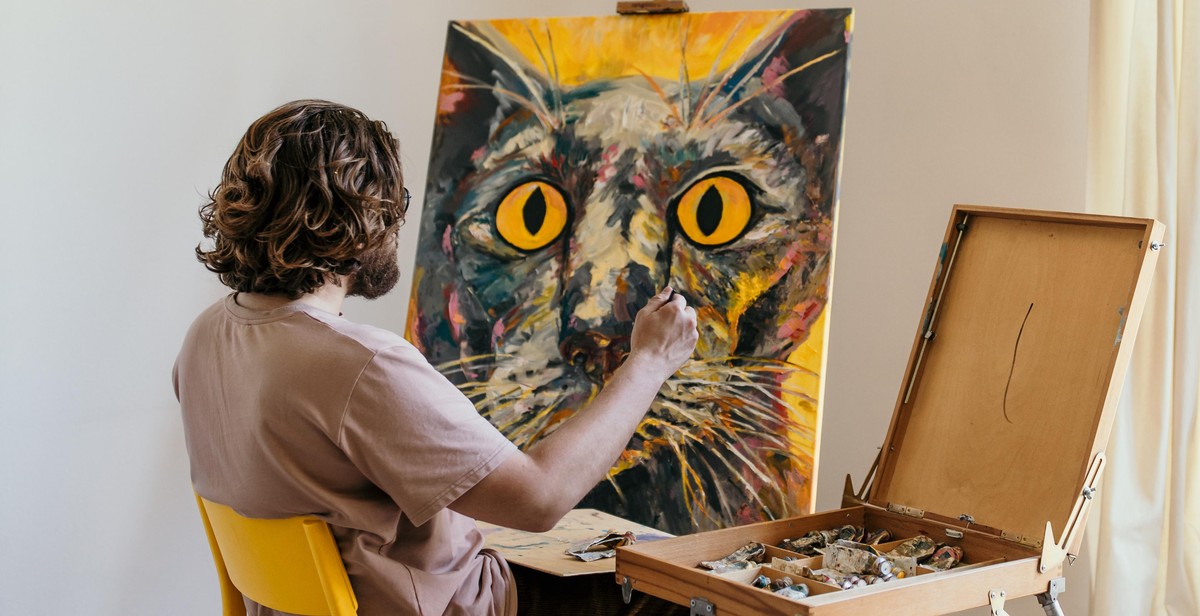Introduction: Navigating the Complexities of Blended Family Relationships
As a love and relationships psychology guru, I have encountered numerous couples who struggle with navigating the complexities of blended family relationships. Blended families, which are formed when two people with children from previous relationships come together, can be challenging to navigate due to the unique dynamics involved.
My Personal Experience with Blended Family Relationships
Having been in a blended family myself, I understand firsthand the challenges and rewards that come with this type of relationship. When my mother remarried, I gained a stepfather and two step-siblings. While it was exciting to have new family members, it was also an adjustment period for all of us. Learning to coexist with different personalities and parenting styles was not always easy, but we made it work.
My personal experience has inspired me to help others navigate the complexities of blended family relationships. In this article, I will share my insights and expertise on how to build strong relationships, communicate effectively, and create a harmonious home environment in a blended family.
- What are the challenges of blended family relationships?
- How can you build strong relationships in a blended family?
- What are some effective communication strategies for blended families?
- How can you create a harmonious home environment in a blended family?
These are just a few of the questions that we will explore in this article. By the end, you will have a better understanding of how to navigate the complexities of blended family relationships and build a happy, healthy family dynamic.

Understanding Blended Family Dynamics
Blended families, also known as stepfamilies, can be challenging to navigate. These families are formed when two people with children from previous relationships come together to form a new family unit. Blended families can bring joy and love, but they also come with unique challenges that can affect the dynamics of the family.
The Challenges of Blended Family Relationships
One of the biggest challenges in blended family relationships is building trust and forming bonds. Children may feel conflicted about accepting a new stepparent or stepsiblings, while parents may struggle to balance their new roles and responsibilities. In some cases, children may feel like they are being forced to accept a new family member, which can lead to resentment and conflict.
Another challenge in blended family relationships is dealing with the emotional baggage from previous relationships. Parents and children may bring unresolved issues and negative feelings into the new family unit, which can create tension and disrupt the family dynamic.
The Role of Communication in Blended Family Relationships
Communication is key in any relationship, but it is especially important in blended family relationships. Open and honest communication can help family members build trust and form bonds. It can also help parents and children work through any issues or conflicts that arise.
It is important for parents to communicate with their children about their new family structure. Children may feel confused or uncertain about their new role in the family, and parents should take the time to address their concerns and answer any questions they may have.
Family meetings can also be a helpful tool for communication in blended families. These meetings provide an opportunity for family members to discuss any issues or concerns in a safe and supportive environment. It is important for all family members to have a voice and feel heard during these meetings.
Finally, it is important for parents to model healthy communication and conflict resolution skills for their children. Children learn by example, and parents who can communicate effectively and handle conflicts in a healthy way can help their children develop these skills as well.
| Tip | Description |
|---|---|
| Be patient | Building strong relationships takes time, so be patient and allow everyone to adjust to the new family dynamic. |
| Set boundaries | Establish clear boundaries and expectations for behavior to help prevent conflicts. |
| Practice empathy | Try to see things from the other person’s perspective and practice empathy to build understanding and compassion. |
| Seek professional help | If you are struggling to navigate blended family relationships, seek professional help from a therapist or counselor. |

Building Strong Relationships in a Blended Family
Blending two families is not an easy task. It requires effort, patience, and understanding from everyone involved. Building strong relationships in a blended family is crucial to ensure a happy and harmonious family life. Here are some tips on how to make it work:
Establishing Boundaries and Expectations
One of the first things that need to be addressed in a blended family is establishing boundaries and expectations. This means setting clear rules and guidelines for everyone in the household. It is important to involve everyone in the process of creating these rules and to make sure that they are fair and reasonable.
Boundaries can vary from household to household, but some common ones include respecting each other’s privacy, asking for permission before using someone else’s belongings, and being mindful of each other’s schedules and routines. It is also important to establish consequences for breaking these rules and to enforce them consistently.
Fostering Positive Communication
Positive communication is essential in any relationship, but it is especially important in a blended family. It is important to encourage open and honest communication and to create an environment where everyone feels comfortable expressing their thoughts and feelings.
One way to foster positive communication is to schedule regular family meetings where everyone can discuss any issues or concerns they may have. It is also important to listen actively and to try to understand each other’s perspectives. Avoiding blame and criticism is also key to maintaining positive communication.
Creating New Family Traditions
Creating new family traditions is a great way to bring everyone together and to build stronger relationships. This can be anything from a weekly family game night to a yearly family vacation. It is important to involve everyone in the process of creating these traditions and to make sure that they are enjoyable for everyone.
These traditions can also help create a sense of unity and belonging within the blended family. It is important to be flexible and willing to compromise when creating these traditions, as everyone will have different ideas and preferences.
| Establishing Boundaries and Expectations | Fostering Positive Communication | Creating New Family Traditions |
|---|---|---|
| Set clear rules and guidelines for everyone in the household | Encourage open and honest communication | Create new family traditions that are enjoyable for everyone |
| Involve everyone in the process of creating these rules | Listen actively and try to understand each other’s perspectives | Be flexible and willing to compromise |
| Establish consequences for breaking these rules and enforce them consistently | Avoid blame and criticism |
Building strong relationships in a blended family takes time and effort, but it is worth it in the end. By establishing boundaries and expectations, fostering positive communication, and creating new family traditions, you can create a happy and harmonious family life.

Navigating Common Issues in Blended Families
Blended families are becoming increasingly common, but they can also present unique challenges. While blending two families can be a beautiful thing, it can also be tricky to navigate the complexities that come with it. Here are some common issues that blended families face, and how to navigate them.
Jealousy and Rivalry Among Siblings
One of the biggest challenges in blended families is dealing with jealousy and rivalry among siblings. Children may feel like they are competing for attention, or may feel resentful towards their step-siblings. This can be especially true if one parent has children from a previous relationship, and the other parent does not.
To help mitigate these feelings, it’s important to make sure that each child feels loved and valued. Spend quality time with each child individually, and make sure that they have their own space and belongings. It’s also important to set boundaries and consequences for negative behavior, and to encourage positive interactions between siblings.
The Challenges of Co-Parenting
Co-parenting can be challenging in any family, but it can be especially difficult in blended families. Each parent may have different rules or expectations, and it can be hard to find common ground. Additionally, if one parent has a more active role in the child’s life, it can be hard for the other parent to feel like they have a voice.
To make co-parenting work, it’s important to communicate openly and frequently. Set clear expectations and boundaries, and make sure that both parents feel heard. It can also be helpful to establish a routine or schedule, so that everyone knows what to expect.
Dealing with Ex-Spouses and Extended Family Members
Blended families can also present challenges when it comes to dealing with ex-spouses and extended family members. It can be difficult to navigate relationships with former in-laws, or to figure out how to handle holidays and special occasions.
To deal with these challenges, it’s important to communicate openly and respectfully. Set boundaries and expectations, and make sure that everyone is on the same page. It can also be helpful to establish traditions or rituals that the whole family can participate in, regardless of their past relationships.
| Common Issues in Blended Families | How to Navigate Them |
|---|---|
| Jealousy and Rivalry Among Siblings | Make sure that each child feels loved and valued. Set boundaries and consequences for negative behavior, and encourage positive interactions between siblings. |
| The Challenges of Co-Parenting | Communicate openly and frequently. Set clear expectations and boundaries, and establish a routine or schedule. |
| Dealing with Ex-Spouses and Extended Family Members | Communicate openly and respectfully. Set boundaries and expectations, and establish traditions or rituals that the whole family can participate in. |

The Role of Therapy in Blended Family Relationships
Blended family relationships can be challenging to navigate, especially when trying to create a sense of unity and harmony among step-parents, step-children, and biological children. While some blended families are able to work through their issues on their own, others may require professional help to overcome specific obstacles.
When to Seek Professional Help
If you find that your blended family is struggling to communicate effectively, manage conflict, or establish boundaries, it may be time to consider seeking the help of a professional therapist. Additionally, if you or your family members are experiencing high levels of stress, anxiety, or depression as a result of your blended family dynamics, therapy can provide a safe and supportive space to explore these emotions and work towards healing.
The Benefits of Family Therapy
Family therapy offers a range of benefits for blended families, including:
- Improved communication skills
- Increased empathy and understanding between family members
- Development of effective conflict resolution strategies
- Establishment of clear and healthy boundaries
- Strengthening of family bonds and relationships
In family therapy sessions, a trained professional will work with your family to identify areas of conflict and develop strategies for resolving them. They may also provide education on effective communication techniques and offer guidance on how to establish healthy boundaries.
| Tip: | When seeking a therapist, look for one who has experience working with blended families and understands the unique challenges they face. |
|---|
Remember, seeking professional help is not a sign of weakness. Instead, it is a proactive step towards creating a happier and healthier blended family dynamic.
